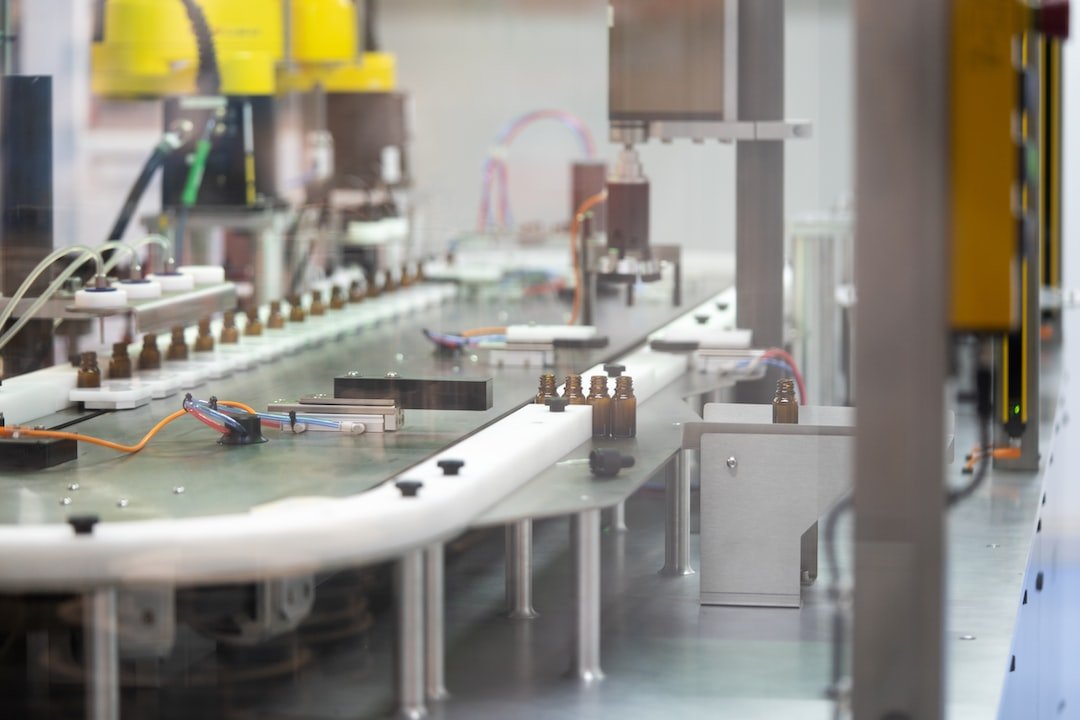Skilled Labor Shortage in Manufacturing: Addressing the Talent Gap
The manufacturing industry has been a cornerstone of economies worldwide for centuries. However, in recent years, this vital sector has been facing a significant challenge – a skilled labor shortage. This shortage poses a threat not only to the industry’s growth but also to economic development as a whole. In this blog post, we will explore the reasons behind the skilled labor shortage in manufacturing and the strategies that can be implemented to address this talent gap.
One of the primary reasons for the skilled labor shortage in manufacturing is the retirement of the baby boomer generation. As they leave the workforce, their expertise and skills are taking with them. The lack of succession planning within many manufacturing companies has contributed to this issue, leaving a gap between experienced workers and new recruits.
Furthermore, the stereotype associated with manufacturing as dirty, repetitive, and low-paying work has deterred younger generations from pursuing careers in this field. Many high school graduates are encouraged to pursue college degrees, leading to a decline in vocational training programs and technical schools. As a result, there is a lack of young talent entering the manufacturing industry to fill the skills gap left by retiring workers.
To address this talent gap, a multifaceted approach is needed. Firstly, collaboration between manufacturing companies, educational institutions, and government entities is crucial. Manufacturing companies can work closely with schools and colleges to develop curriculum and training programs tailored to the evolving needs of the industry. Apprenticeship programs and internships can provide a hands-on experience and guidance for young individuals interested in pursuing a career in manufacturing.
Government entities can play a vital role in encouraging and supporting the manufacturing industry. They can provide incentives to manufacturing companies to invest in training programs and vocational schools. Funding can be allocated to revitalize technical education and apprenticeship training, ensuring that young individuals are attracted to these fields and acquire the skills necessary for a prosperous career in manufacturing.
Another strategy to address the skilled labor shortage is the promotion of a positive perception of manufacturing careers. This can be achieved by showcasing the modern, technology-driven nature of manufacturing, with a focus on advanced machinery, automation, and innovation. By changing the perception of manufacturing, young individuals might be more inclined to explore the field as a viable career option.
Industry collaboration is also essential. Manufacturing companies can partner with trade associations, professional organizations, and community groups to create awareness campaigns and mentorship programs. By nurturing partnerships and engaging with potential talent, manufacturing companies can pave the way for a new generation of skilled workers.
Furthermore, gender diversity should be encouraged in the manufacturing field. Historically, the industry has been male-dominated, and efforts should be made to attract and retain female talent. This can be done by promoting gender diversity initiatives, highlighting successful female role models in manufacturing, and providing equal opportunities for advancement.
To bridge the skills gap in manufacturing, companies can also invest in upskilling and reskilling programs for their current workforce. By offering training and development opportunities, companies can equip their employees with the necessary skills to adapt to the changing demands of the industry. This can help retain experienced workers and ensure a smooth transition as the older generation retires.
In conclusion, the skilled labor shortage in manufacturing poses a significant challenge to the industry’s growth and economic development. To address this talent gap, collaborative efforts between manufacturing companies, educational institutions, and government entities are required. By promoting technical education, changing the perception of manufacturing careers, nurturing partnerships, and investing in upskilling programs, we can bridge the skills gap and ensure a prosperous future for the manufacturing industry.

